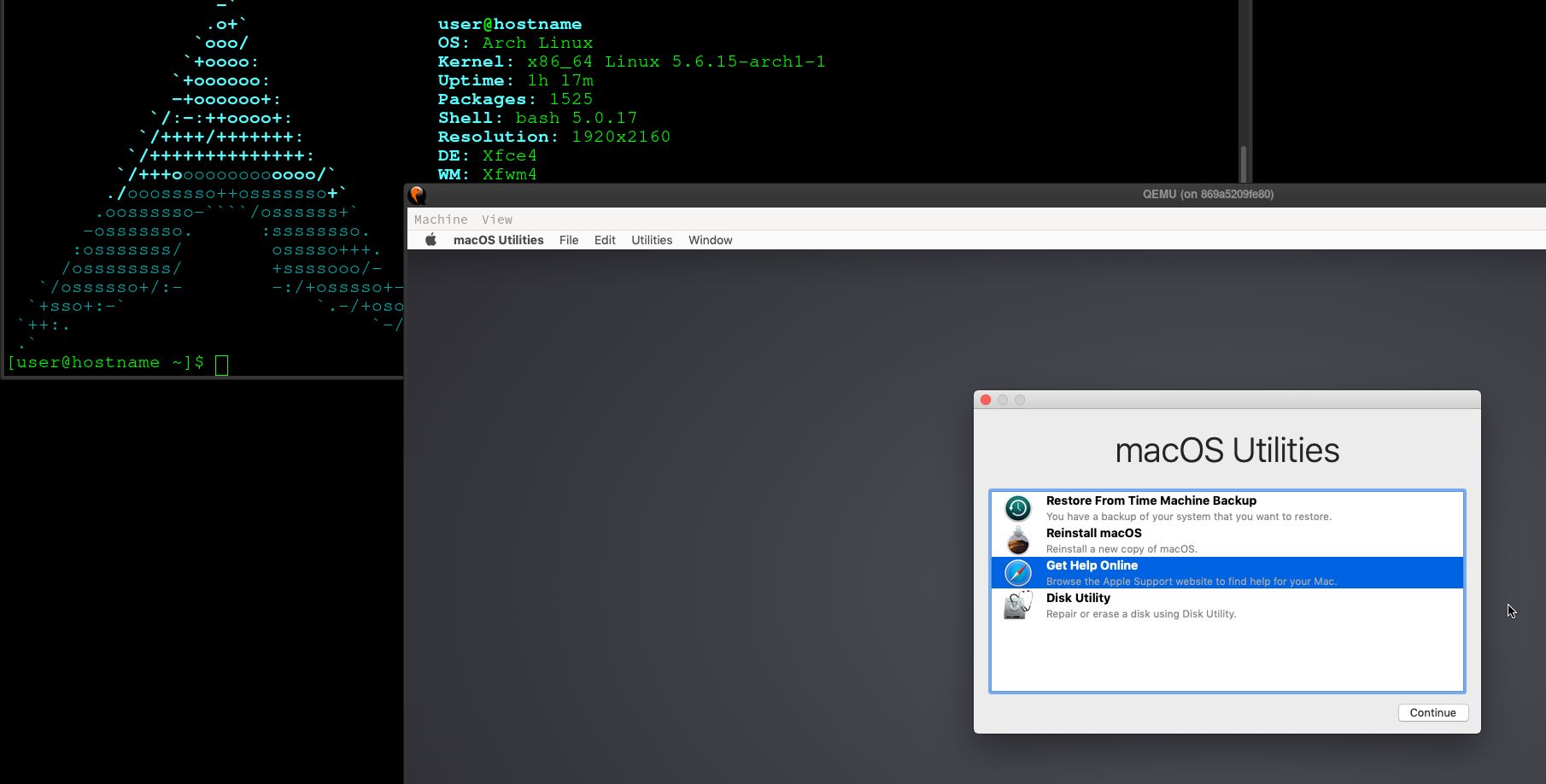
- INCREASE BASE SIZE FOR DOCKER IN MAC HOW TO
- INCREASE BASE SIZE FOR DOCKER IN MAC ARCHIVE
- INCREASE BASE SIZE FOR DOCKER IN MAC SOFTWARE
Your systems are composed of multiple components (or microservices), each one of them running inside Linux container.
INCREASE BASE SIZE FOR DOCKER IN MAC SOFTWARE
The world of software development is shifting lately towards continuous delivery, elastic infrastructure and microservice architecture. I will try to convince you, that you should care. So, this “tax” may be not that big, right? Indeed, why should you care? Computers today are fast, networks are also pretty fast (hopefully) and storage is cheap.
INCREASE BASE SIZE FOR DOCKER IN MAC ARCHIVE
Using this file, you can specify ignore rules and exceptions from these rules for files and folder, that won’t be included in the build context and thus won’t be packed into an archive and uploaded to the Docker server. dockerignore file is the tool, that can help you to define the Docker build context you really need. The Docker context should be minimal and secret-free. Tip: The rule of thumb is not adding files to the build context, if you do not need them in your Docker image. So, you are always paying this “tax”: the time it takes to create an archive, storage and network traffic and latency time. Actually, every time you are running the docker build command, the Docker client creates a new build context archive and sends it to the Docker server. The first output line, that you see, running the docker build command is: In the case of a git repository, the client will clone it with submodules into a temporary folder and will create a build context archive from it. You can also use as Docker context an existing tar archive or git repository. While the default behavior sounds good in theory, in practice you must be aware of its implications. By default the client will take all files (and folders) in current working directory and use them as the build context.

The Docker client packs all build context files into a tar archive and uploads this archive to the Docker server.

These files are the Docker build context. So, you need somehow to send these files to the Docker server (because remember the Docker server can be another remote machine). In order to create a new Docker image, the Docker server needs access to the files, you want to create the Docker image from. Why is that important and how is the Docker build context related to this fact? The Docker server can run on the same machine as the client or in a virtual machine, that also can be local, remote or in the cloud. One of these things is Docker build: building a new Docker image. The Docker client command line tool talks with the Docker server and asks it to do things. So, what is the Docker build context?įirst, remember, that Docker is a client-server application, it consists of Docker client and Docker server (also known as the Docker daemon). In most cases you usually pass the current directory as in docker build. There is one argument you can pass to the build command that specifies the build context. The docker build command is used to build a new Docker image. dockerignore is so effective you have to understand the build context. Read this useful tutorial and jump into Codefresh to deploy your service! Docker build context It can help reduce Docker image size, speedup docker build and avoid unintended secret exposure (read on to see what I mean). To understand why. dockerignore file).ĭocker images can run anywhere on cheap cloud services so why bother optimizing them? Well it turns out there are lots of advantages to using.
INCREASE BASE SIZE FOR DOCKER IN MAC HOW TO
This file has been truncated.In this article we will learn about the docker build context and how to optimize it (using the. The `0:30` part is the minor/major device nr and `19478248` is the Pool will be named something like: `docker-0:33-19478248-pool`, where In order to support multiple devicemapper graphs on a system the thin Stored in the `$graph/devicemapper/json` file (encoded as Json). Additional metadata required to mapįrom docker entities to the corresponding devicemapper volumes is The default loopback files used are `$graph/devicemapper/data` and

By default these block devices are createdĪutomatically by using loopback mounts of automatically creates sparse Graph location (typically `/var/lib/docker/devicemapper`, $graph below)Ī thin pool is created based on two block devices, one for data and Module (dm-thinp) to implement CoW snapshots. The device mapper graphdriver uses the device mapper thin provisioning –storage-driver=devicemapper -storage-opt dm.basesize=20G snitm/docker/blob/master/daemon/graphdriver/devmapper/README.md # devicemapper - a storage backend based on Device Mapper


 0 kommentar(er)
0 kommentar(er)
